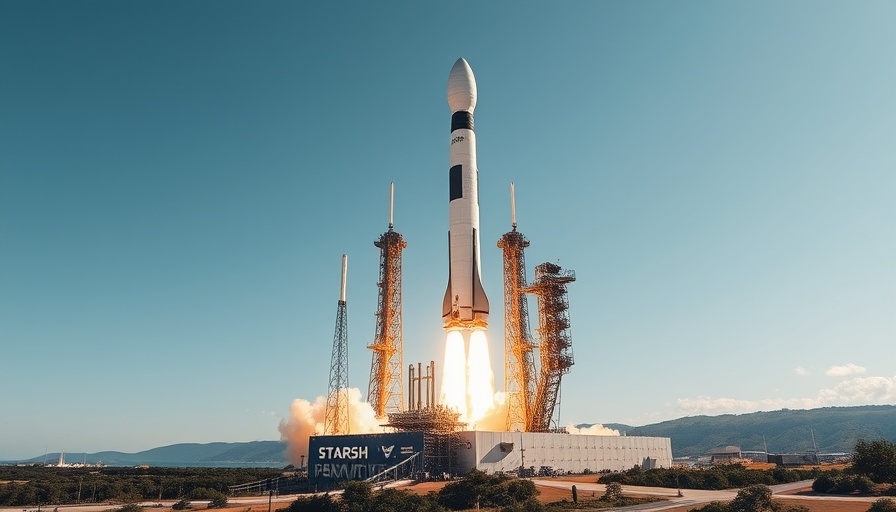
Apple Reacts to User Feedback with iOS 26 Updates
Following significant user backlash against the design of the Photos app in iOS 18, Apple is making a pivotal change in its latest update, iOS 26. During this year's Worldwide Developers Conference (WWDC 25), Apple announced the return of tabs to the Photos app, a response to user requests that had been loud and clear since the redesign. Senior Vice President of Software Engineering, Craig Federighi, confirmed the addition of tabs for both the Library and Collections during the keynote, stating, 'Many of you missed using tabs in the Photos app.'
The decision to reintegrate tabs comes after users expressed frustration with the all-in-one layout introduced in the previous iOS version, which many found clunky and counterintuitive. The new update offers an improved user experience, allowing for easier navigation. The Library tab will streamline access to recent photos, while the Collections tab organizes user favorites and albums, making searching across the library more intuitive. This change illustrates Apple's commitment to listening to its user base and making adjustments based on feedback.
The Shift to 3D: A Glimpse into Apple’s Vision for Photos
In addition to reintroducing tabs, the iOS 26 update is also set to transform 2D photos into 3D spatial images. This innovative feature, inspired by the upcoming Apple Vision Pro spatial computing headset, will be available through the updated Lock Screen. Users are likely to embrace this cutting-edge functionality, as it signals Apple’s push towards integrating spatial computing into everyday applications.
This transition comes amidst growing competition in the tech space, where companies are continually seeking to innovate and capture the attention of tech-savvy users. By adopting a stronger focus on usability alongside future-ready technology, Apple is positioning itself not just as a leader in personal devices but also as a pioneer in evolving user experiences.
Competitors and the Market Dynamics
The backlash against iOS 18 opened a door for third-party app developers to capitalize on the dissatisfaction, creating alternatives that mimicked the old Photos interface. This incident is a stark reminder of how critical user feedback can be and the power it holds in shaping product development. As third-party apps gained popularity, Apple had to reassess its strategy quickly to maintain its market dominance and user loyalty.
Moreover, this shift also reflects broader trends in the technology sector. Users demand more from their devices; they seek personalization, efficiency, and, increasingly, immersive experiences. Apple's response not only addresses immediate concerns but also aligns with trends seen across various tech news articles that highlight similar updates by competitors.
Looking Ahead: What’s Next for Apple and Photos?
What does this mean for future iOS updates? As tech trends evolve, user expectations will undoubtedly drive Apple to continue finding a balance between innovation and user-friendly design. Apple's recent moves seem set to foster stronger engagement and retention among its users, something increasingly vital in a rapidly evolving technology landscape.
These changes set the stage for potential developments regarding the Photos app's capabilities and functionalities. Observers speculate that future updates may integrate deeper AI tools, allowing for even more personalized and engaged usage. With reports suggesting a greater focus on user-driven design, Apple appears to be recalibrating its approach in a meaningful fashion.
As users await the official release of iOS 26, insights from this update indicate that Apple is ready to face challenges ahead by embracing user feedback while pushing toward the future of technologies like spatial computing. In a landscape where tech lines blur between comfortable and innovative, such movements ensure Apple remains not just relevant, but a true leader.
 Add Row
Add Row  Add
Add 



Write A Comment